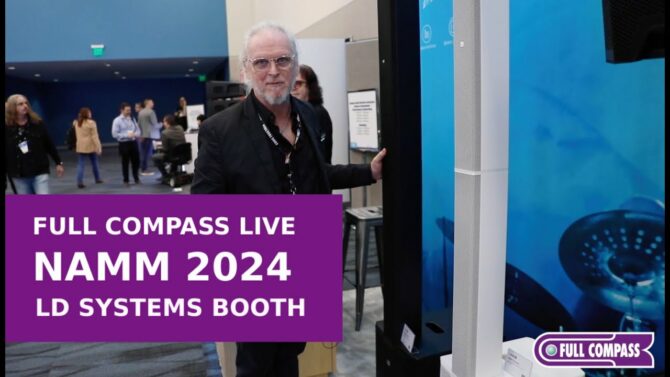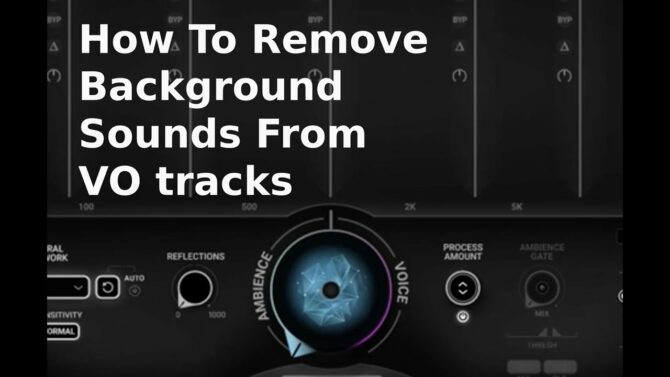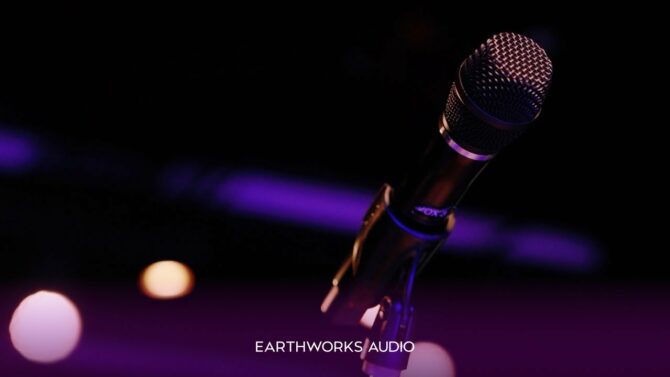“If it ain’t broke, don’t fix it.” That’s the attitude many people have about using monitor wedges for live performance and Houses of Worship, because they’ve served us well for decades. But on second though...have they? Wedges are cumbersome, take up space on stage, can lead to feedback unless they’re set up carefully, and don’t really deliver that great a monitoring experience anyway.
Monitor wedges can also interfere with getting a good mix, because they scatter additional sound all over the stage and therefore, the venue. What’s more, there’s always the musician who can’t hear himself clearly, and wants the monitor turned up. But then that means the other musicians now have to contend with louder levels from that monitor, so now they want their monitors turned up as well. As the mix on stage gets louder, the mix going out to the house has to get louder to compensate for the additional potential muddiness contributed by the stage monitors.
If you think this sounds like a recipe for disaster...well it isn’t always, if the mixing engineer is skilled, the wedges are positioned properly, and the musicians are rational. But if you’ve ever left a performance thinking the sound was pretty bad, monitor wedges could very well have been the reason why.
An Inexpensive In-Ear Monitor (IEM) Solution
In-ear monitors solve all these problems. The musician gets a custom mix into only their ears at the level they want, wedges no longer clutter the stage, and the sound engineer doesn’t have to compensate for monitor wedge bleed while mixing. A perhaps even more important advantage is that when worn properly, IEMs isolate the ear from loud stage levels, which can help preserve the performer’s hearing.
The cost of sophisticated IEM Definition:
Definition:
IEM (In-Ear Monitor): Earphones for musicians or announcers to hear program material, foldback, and IFB (Interrupt for Broadcast) audio. IEMs eliminate the need for listening to loudspeakers or monitor wedges. Often wireless. systems that include wireless control, individual personal mixing stations, and such can add up. However, let’s start with a simple, cost-effective solution.
If you’ve been using wedges, then they’ve been fed by an output that comes directly from the mixer Definition:
Definition:
Combiner, controller, and router for multiple audio or video signals., most likely an aux bus. These monitors have their own amps, so they receive line-level signals. These signals can just as easily go into a personal headphone amplifier Definition:
Definition:
An amplifier optimized for driving headphones., like the PreSonus HP2 (Fig. 1).

As to cost, a personal headphone amp Definition:
Definition:
Abbreviation for either Ampere or Amplifier. with pro-level earbuds will almost always cost less than a monitor speaker. You can often outfit a band with an IEM system for far less than the required number of monitor speakers.
Connecting to the mixer isn’t a big deal. The headphones plug Definition:
Definition:
A connector, normally male and attached to a cable. into the headphone amp, which has a connector on the back for a cable that can feed into extension XLR cables that go to your mixer (Fig. 2).

Regarding headphones, you don’t want the big, bulky kind that goes over your ears—you want something more like the earbuds for your smartphone, but designed for musicians. They use thin, relatively unobtrusive wires instead of the coil Definition:
Definition:
(slang) Inductor; its derivation is that most inductors are made up of coils of wire. cords or bulky cables used with traditional headphones.
However, this is where in-ear “earbuds” get interesting, because everyone’s ears are different. It’s important that the earbud fit comfortably in the ear canal, and make a proper seal to keep out noise. So, these types of earbuds come with an assortment of sleeves that go over the tube Definition:
Definition:
(slang) A vacuum tube or (valve), an electronic amplifying or rectifying element with a heating filament, in a glass or metal envelope. where the sound exits. The sleeves usually come in small, medium, and large sizes, and because they’re made of a relatively flexible silicone material, can conform to the ear’s shape.
I can’t stress enough how important it is that the musician feel comfortable with IEMs. Ideally, you don’t want to even be aware you’re wearing them, so light weight, sound quality, isolation from outside noise, and fit are all crucial. It’s worth going with products from an established company that specializes in headphone and in-ear monitoring technology; for example, the E-Series from Audio-Technica (Fig. 3) offers different models at different price points (ATH-E40 $99, ATH-E50 $199, and ATH-E70 $399).

Within the line, there are more similarities than difference. The ATH-E40 weighs 10 grams instead of 9 for the other two, and uses a simpler driver design that nonetheless covers the full frequency Definition:
Definition:
A value, expressed in Hertz, that indicates how many cycles of a periodic signal occur in one second. range to 20 kHz Definition:
Definition:
kHz (Kilohertz): 1,000 Hertz, or one thousand cycles per second.. The ATH-E50 has a balanced armature Definition:
Definition:
An earphone, hearing aid, or speaker motor that uses a balanced arm (armature) that rocks between two stationary magnets to drive a diaphragm. driver and higher impedance Definition:
Definition:
Also abbreviated as Z. The resistance to AC current flow, measured in ohms (similar to, but not necessarily, the same as DC resistance)., while the deluxe ATH-E70 features triple balanced armature drivers for extended response with extreme accuracy, housings that provide maximum isolation, and in addition to four different-sized silicon eartips, includes Comply medium-size foam eartips. These use memory foam technology that expands to fit your ear canal perfectly, and for medium ears, delivers essentially the same results as custom-fit IEMs (described later).
IEMs are the kind of product where each musician has to decide what works for them; just because you can get a quantity price on earphones for the entire band isn’t a good reason to go that route—you may save a few dollars, but it’s all for nothing if there’s not a good fit with the earphones.
The Next Step Up: Custom In-Ear Monitors
Even though one of the sleeve options—small, medium, or large—will fit most people, there will always be exceptions. It’s important to have a tight fit inside the ear to provide isolation from the house speakers, and if the “one size fits all” doesn’t actually fit all, it’s possible to get custom sleeves for your earbuds. The tradeoff is greater expense—not only does the company have to make a special Definition:
Definition:
A lighting instrument for an effect in a performance, and not part of the general lighting plot. sleeve for you, you need to have a mold made of your ear canal, which is the job of a professional audiologist (like how a dentist takes an impression of your teeth when creating a crown, and a lab creates the crown from that impression). Note that a custom fit isn’t necessarily about better sound or more isolation, but more comfort due to being designed with a specific person’s ear canal in mind.
Yet another step up is a wireless system, although this involves more expense and can be more challenging to set up in some situations. We’ll cover the pros and cons of wireless systems in a future article.
However, regardless of what IEM you choose, once you experience the improvement in sound quality and the improvement in your house mixes (not to mention not having to lug big monitors around that hog the stage), you’ll never go back to your pre-IEM days.











